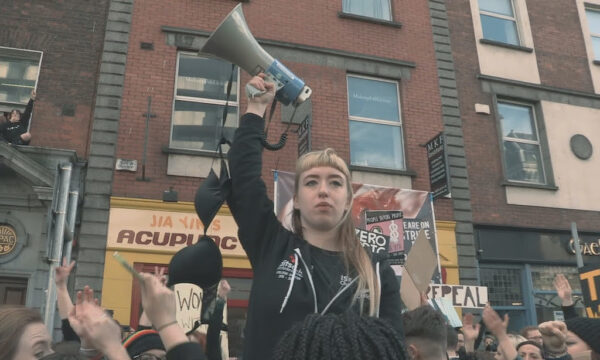Minsk agreement: A teetering peace on the brink of collapse?

Agreed in the early hours of Thursday morning in the Belarusian capital, a second deal intended to bring peace to Ukraine took effect last night.
Following the collapse of September’s ceasefire plans before the turn of the year, the renewed plans were labelled a “glimmer of hope” by German chancellor Angela Merkel and are designed to build the foundations for economic reconciliation as well as a military peace in the contested regions of Donetsk and Luhansk in Eastern Ukraine.
As of midnight on 15th February, the Minsk agreement called for an immediate ceasefire and the gradual withdrawal of heavy weapons from a demilitarised zone of at least 50 kilometres, along with the release of all hostages and the pardoning of all potential war crimes suspects.
However, when observed, the new “peace” seems less like a reconciliation than a temporary – and partisan – concession to Russia.
The agreement not only specifies that the disputed territories will undergo a process of “constitutional decentralisation” in order to allow for local autonomy but also grants pro-Russian separatists 500 kilometres of Ukrainian land. What’s more, the separatist faction was required to sign off on all terms of the deal.
Ukrainian president Petro Poroshenko agreed to the peace terms with little room for manoeuvre with the news of a separatist siege on the Donetsk city of Debaltseve still vivid in his memory and the possible threat of European condemnation looming over his decision-making.
The stakes were also high for Ukrainian military funding; Christine Lagarde, the managing director of the International Monetary Fund (IMF), has recently approved an Extended Fund Facility (EFF) for the divided state amounting to €15.5 billion – money Ukraine cannot do without in its efforts to rebuild itself.
Even in the wake of the agreement, many are sceptical about the possibility of a complete military ceasefire and the success of the peace deal. Ukrainian military spokesman Andriy Lysenko claimed that pro-Russian forces failed to scale down their offensive. “The enemy continues to build up forces in the main areas of the armed conflict,” he said, “the tensest situation is near Debaltseve”.
The Organisation for Security and Cooperation in Europe (OSCE), responsible for monitoring the de-escalation of the conflict, claimed that the peace treaty was something of a stepping stone, but spokesman Michael Bociurkiw said there were still “significant movements” in the disputed territories.
Bociurkiw noted: “We feel that the Minsk agreements are really the only available roadmap to a sustainable ceasefire. But now, unfortunately, there’s quite serious live fire in areas like Luhansk and Debaltseve.”
Russian premier Vladimir Putin maintains that the Federation is impartial in spite of accusations from the US congress, with senators such as John McCain and president Obama’s defence secretary Ashton Carter calling for the armament of Ukraine’s military in light of escalation of violence in the region.
Yet diplomacy has been favoured on either sides of the pond, with Merkel commenting: “I cannot imagine any situation in which improved equipment for the Ukrainian army leading to president Putin being so impressed that he believes he will lose militarily.” One can only assume that Putin’s militarism will only be bolstered and provoked if the West were to provide military aid.
In light of this, it seems that the tendentious nature of the agreement coupled with the Kremlin’s unpredictable policy making and Putin’s growing soviet-era ambitions are unlikely to contribute positively to a sustained peace in the conflict zone. Today, the future of Ukraine is uncertain, and the Minsk agreement is offering little clarity
Thomas Rhys Jones

























Facebook
Twitter
Instagram
YouTube
RSS